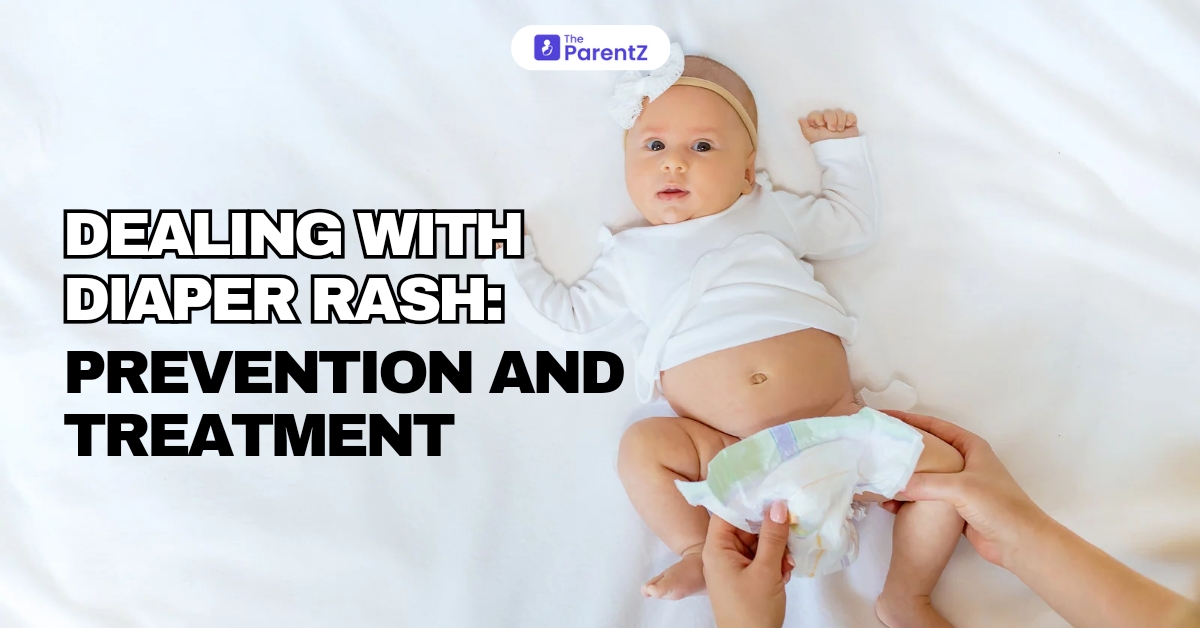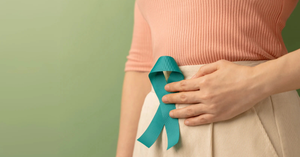Diaper rash is a common concern for parents and caregivers, often causing discomfort and distress for babies. Understanding how to prevent and treat diaper rash can make a significant difference in a baby’s comfort and well-being. This comprehensive guide covers everything you need to know about diaper rash, from its causes and prevention to effective treatments.
Understanding Diaper Rash
Diaper rash, also known as diaper dermatitis, is a form of skin inflammation that appears as red, irritated skin in the diaper area. It is particularly common in infants and toddlers, but can occur in anyone who wears diapers regularly. Diaper rash can vary in severity, from mild redness to severe inflammation with open sores.
Causes of Diaper Rash
Several factors can contribute to the development of diaper rash:
- Prolonged Exposure to Moisture: Urine and feces can irritate sensitive skin when left in contact for too long.
- Chafing and Rubbing: Tight or poorly fitting diapers can cause friction, leading to skin irritation.
- Infections: Bacterial or yeast infections can develop in the moist, warm environment of a diaper.
- Irritants: Certain baby wipes, soaps, and lotions can irritate the skin.
- Introduction of New Foods: Changes in diet, especially the introduction of solid foods, can alter the acidity and composition of stools, contributing to diaper rash.
- Sensitive Skin: Babies with particularly sensitive skin may be more prone to diaper rash.
Preventing Diaper Rash
Prevention is the best approach to managing diaper rash. Here are some effective strategies:
Frequent Diaper Changes
Changing diapers frequently is crucial in preventing diaper rash. Keeping the diaper area clean and dry reduces the risk of irritation and infection. Aim to change diapers every 2 to 3 hours, or immediately after a bowel movement.
Proper Cleaning
Gently clean the diaper area with mild, fragrance-free soap and warm water, or use hypoallergenic baby wipes. Avoid scrubbing the skin, as this can cause further irritation. Pat the area dry with a soft cloth, ensuring no moisture is left behind.
Choosing the Right Diapers
Select diapers that are absorbent and fit well. Avoid diapers that are too tight, as they can cause chafing. Consider using breathable diapers that allow air circulation, reducing moisture buildup.
Diaper-Free Time
Allowing the baby to spend time without a diaper can help keep the skin dry and give it a chance to heal. Aim for several minutes of diaper-free time several times a day.
Using Diaper Creams and Ointments
Barrier creams and ointments, such as those containing zinc oxide or petroleum jelly, can protect the skin from moisture and irritants. Apply a thin layer at each diaper change to create a protective barrier.
Treating Diaper Rash
If diaper rash occurs despite preventive measures, effective treatment can help alleviate the symptoms and promote healing.
Identifying the Type of Rash
Different types of diaper rash may require different treatments:
- Irritant Diaper Dermatitis: Caused by prolonged exposure to urine or feces. This is the most common type and usually appears as red, inflamed skin.
- Yeast Infection (Candidiasis): Often appears as bright red patches with defined edges and may include small red spots. It typically occurs in skin folds and creases.
- Bacterial Infection: May present as pus-filled bumps or sores and can cause fever. This type of rash requires medical attention.
Home Remedies
For mild cases of diaper rash, the following home remedies can be effective:
- Air Exposure: Allow the diaper area to air out as much as possible.
- Warm Baths: Bathe the baby in warm water with a small amount of baking soda to soothe the skin.
- Natural Remedies: Applying natural remedies such as coconut oil, aloe vera, or calendula can provide soothing relief and promote healing.
Medical Treatments
For more severe cases or rashes caused by infections, medical treatment may be necessary:
- Antifungal Creams: For yeast infections, over-the-counter or prescription antifungal creams can be effective.
- Antibiotic Ointments: Bacterial infections may require topical or oral antibiotics.
- Hydrocortisone Cream: For severe inflammation, a doctor may recommend a mild hydrocortisone cream. This should only be used under medical supervision.
When to See a Doctor
While most diaper rashes can be treated at home, it is important to seek medical advice if:
- The rash is severe, persistent, or worsening despite home treatment.
- The rash includes blisters, pus-filled sores, or open wounds.
- The baby develops a fever or seems unusually irritable.
- The rash spreads beyond the diaper area.
Conclusion
Diaper rash is a common but manageable condition. By understanding the causes and implementing preventive measures, parents and caregivers can significantly reduce the occurrence of diaper rash. When it does occur, prompt and appropriate treatment can ensure the baby’s comfort and health. Remember, each baby is different, so it may take some trial and error to find the most effective prevention and treatment strategies for your child.
By staying informed and proactive, you can keep your baby’s skin healthy and rash-free.








Be the first one to comment on this story.